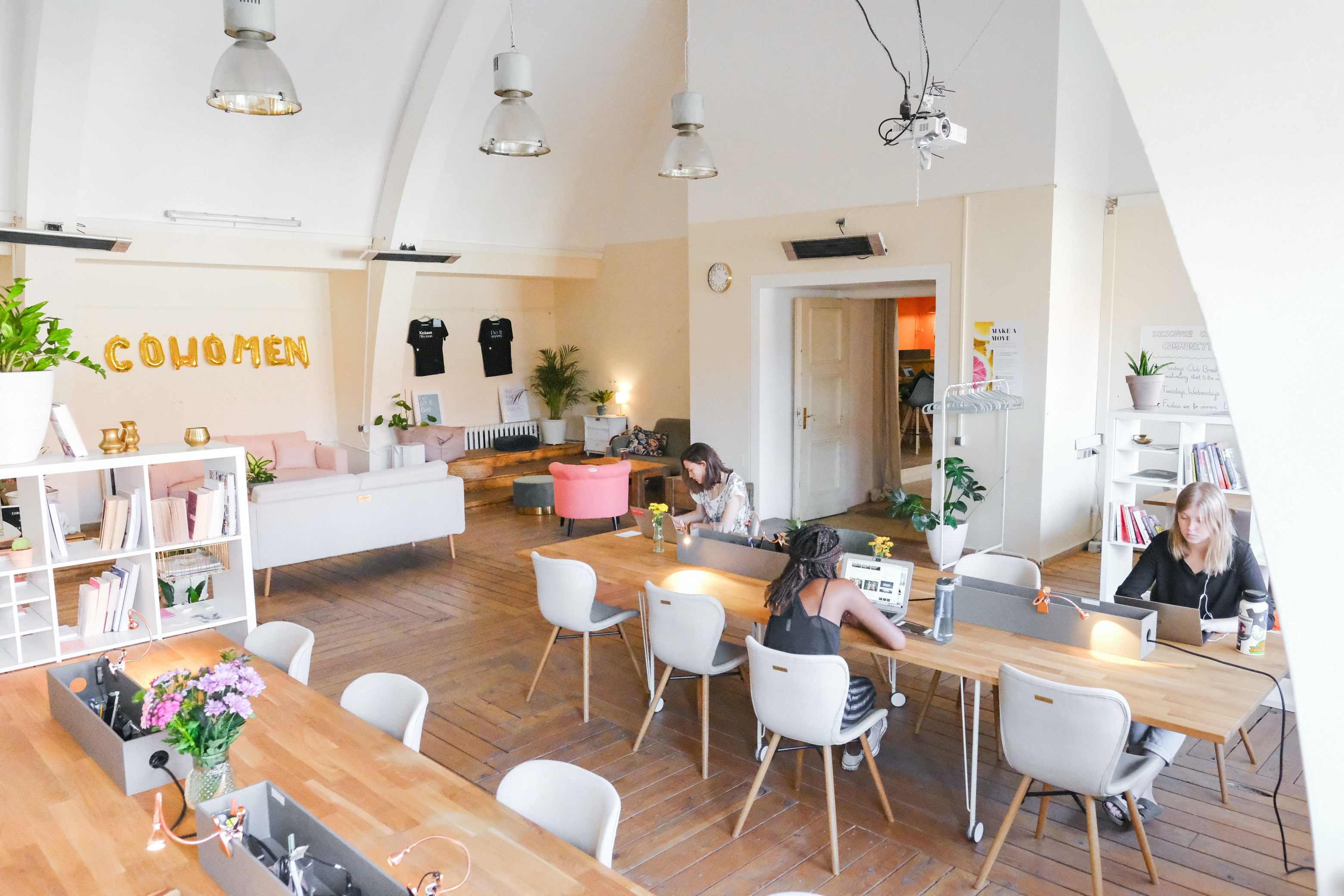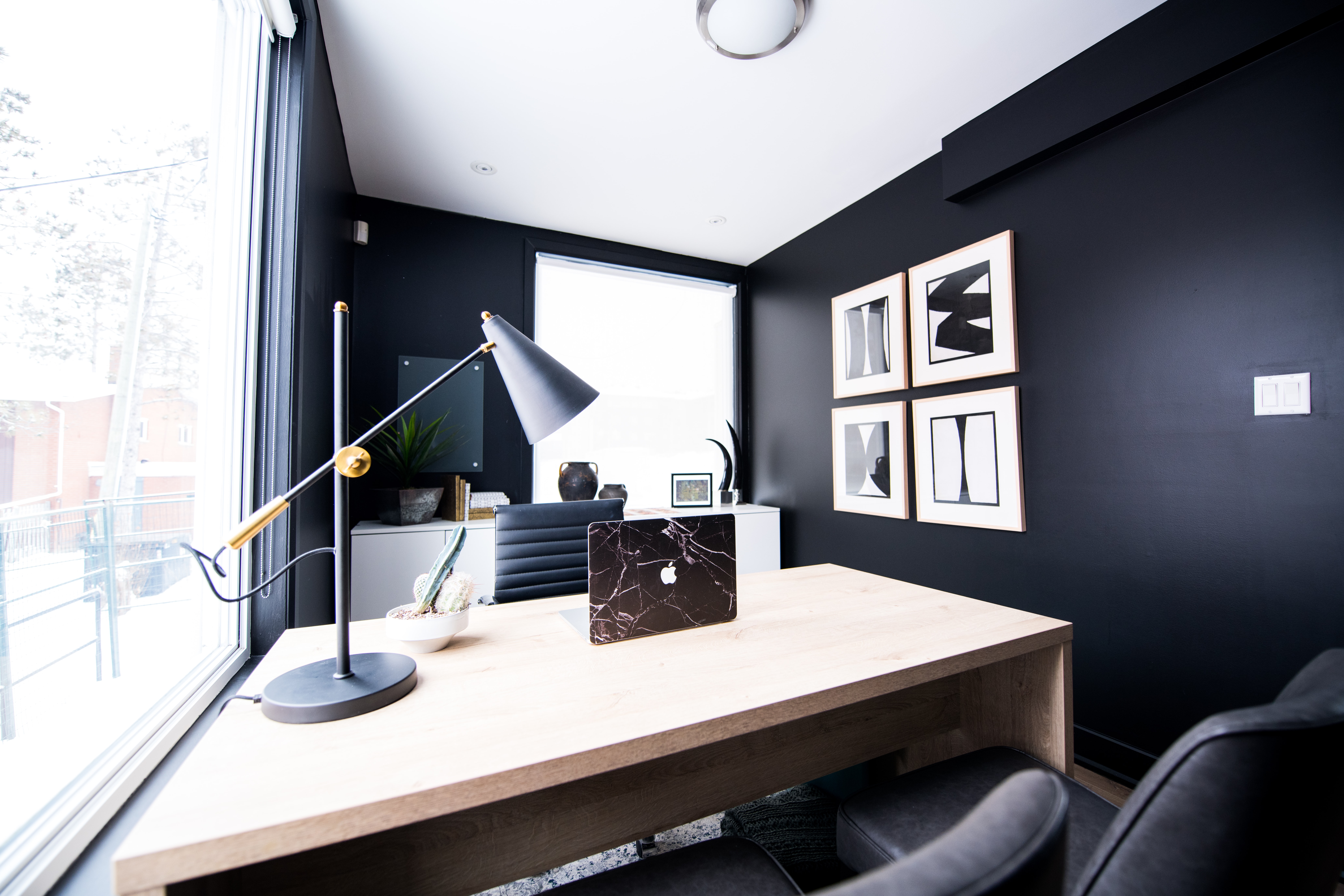Although we are nearing the midway mark of the year, the ramifications of the global response to COVID-19 are only just beginning to show their long tails. Social distancing and lockdown measures put in place by national and regional governments have forced businesses to pivot their models or face stagnation. Companies have adopted remote working policies wherever possible, and even previous naysayers of working from home have ceded to forces beyond their control.
In lieu of the traditional commute to the office each day, many employees—knowledge workers in particular—are slowly adjusting to alternative working conditions. However, is this trend here to stay? We asked a few workplace leaders about how much space tomorrow’s employees will need.
Less is more
Phil Kirschner – a workplace strategy leader whose career spans WeWork, JLL and Credit Suisse – believes that in a year from now, employees will take up much less corporate office space than pre-COVID-19 times, citing an increased adoption of flexible and remote working habits.
For Kirschner, it all boils down to workplace experience: while there’s no doubt that the physical place in which people conduct work will continue to bear significant meaning, it is the where that will begin raising more questions. Now that we’re beginning to get a better understanding of what we can achieve out of the office, more people are beginning to question the real reason for needing to return to the workplace at all.
Kirschner predicts the further distribution of the total area of corporate portfolios through a greater adoption of “third places” such as coworking and flexible office providers. Although it is a trend which was already in development pre-pandemic, COVID-19 has accelerated its course. The age-old expectation of presenteeism is gradually being eschewed in favour of simply a better workplace experience, with talent naturally gravitating toward places which provide them with the best environment to work in—and this doesn’t always necessarily mean the office—or at home.

Co-working spaces are just one of the „third spaces“ which will see greater adoption, according to Kirschner.
“One of the major benefits that technology brings is providing employees with complete agency on when and how they work. But at the end of the day, it’s not the technological connection we need; it’s human connection,” explains Kirschner. In his point of view, the experience in most corporate offices currently still leaves much to be desired. This, together with new distancing and remote working habits, will drive down the need for keeping the same amount of corporate square footage per employee.
Back to before?
Arguing the flipside of the future office vision is Nick Riesel, Managing Director of Free Office Finder, a UK-based agent for serviced offices. Although Riesel shares similar views with Kirschner in the sense that “third places” or other “work points” have a crucial role in the post-COVID-19 world of work, he argues that in the short-term, a higher amount of square footage must be allocated per employee, driving up the employee-per-meters-cubed ratio.
Employees appreciate the ability to collaborate, mingle with co-workers, and seek out mentorship which is only accessible in a common workplace environment. It’s more evident now than ever before that people miss and relish in the human connection that the office space brings. As employees begin trickling back into offices, the conversations management teams are having, according to Riesel, are not centred around “if we bring the full workforce back,” but “how we bring the full workforce back.”
Removing every other desk, implementing desk screens as a physical barrier, and introducing office shifts for teams are just a few of the ideas being tossed around. As real estate and facilities managers experiment with the aforementioned tactics, “some will inevitably find themselves lacking in space and may need to consider taking up additional real estate,” says Riesel.
Riesel also hypothesises that the world of work may see a shift away from the open-plan office, moving back towards more partitioned space: not only desk screens, but enclosed office rooms. “Arguably, larger spaces between employees with screens between them may decrease collaboration. However, this could in fact increase productivity by allowing less chatter and introduce more focus.”

Partitioned space: a staple of the future?
A path with many lanes
Perhaps the differences between Kirschner and Riesel’s visions are two facets of the same coin. What may surmise is that it is less about employees taking up space, but more about whether the space is officially incorporated into an organisation’s real estate portfolio.The major question both pose is: how will corporations embrace the concept of flexible working, that is—locational flexibility? And perhaps the follow-up question to that would be: what will be the purview of the corporate real estate managers post-COVID-19?
There are many lanes leading to the future of work. Just as we’ve seen different strategies in the response to COVID-19, there will be no single strategy to office space. Based on your company culture, setup, and working style, how much space do you think each employee will need in your office?

 7’
7’




